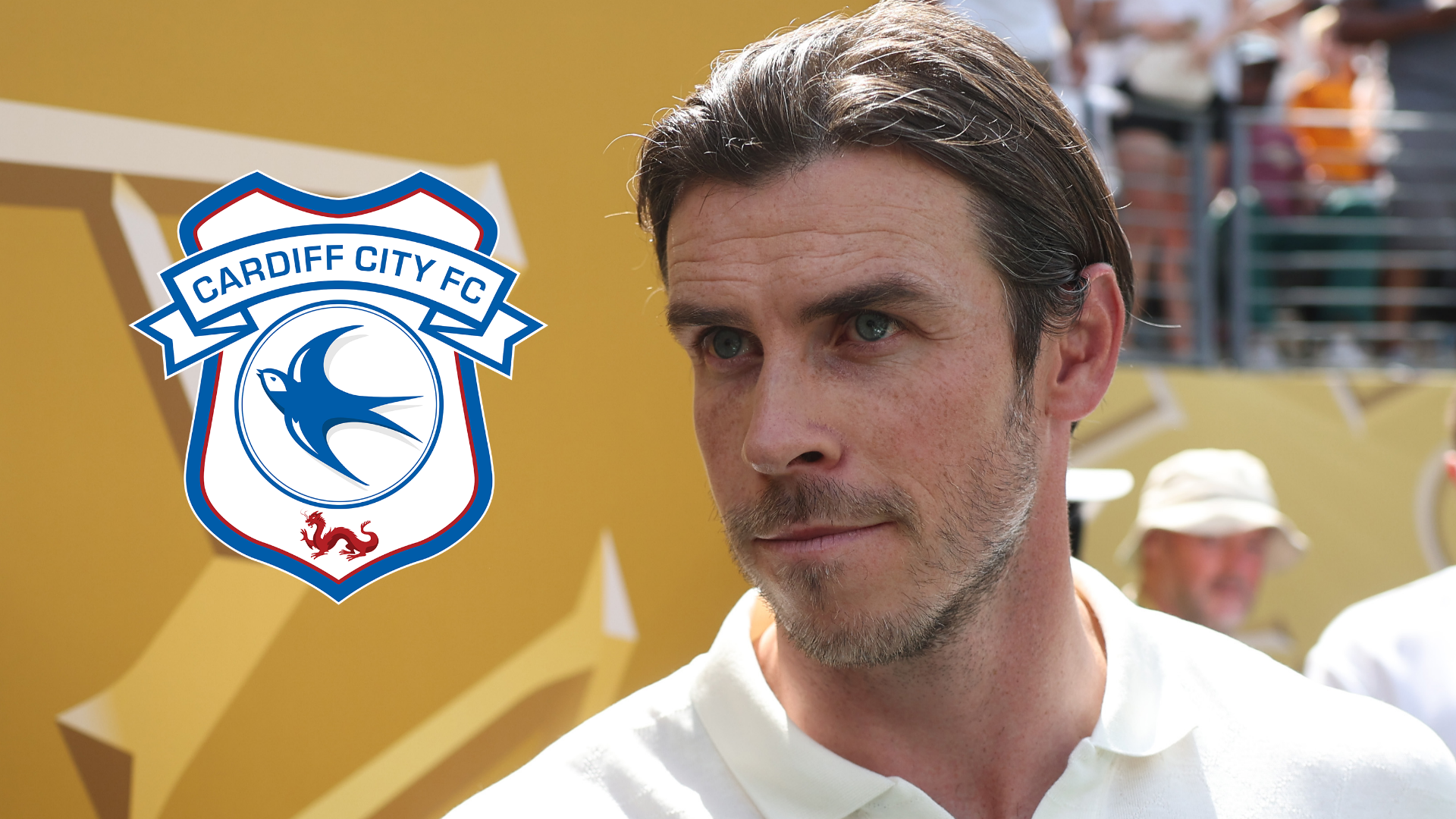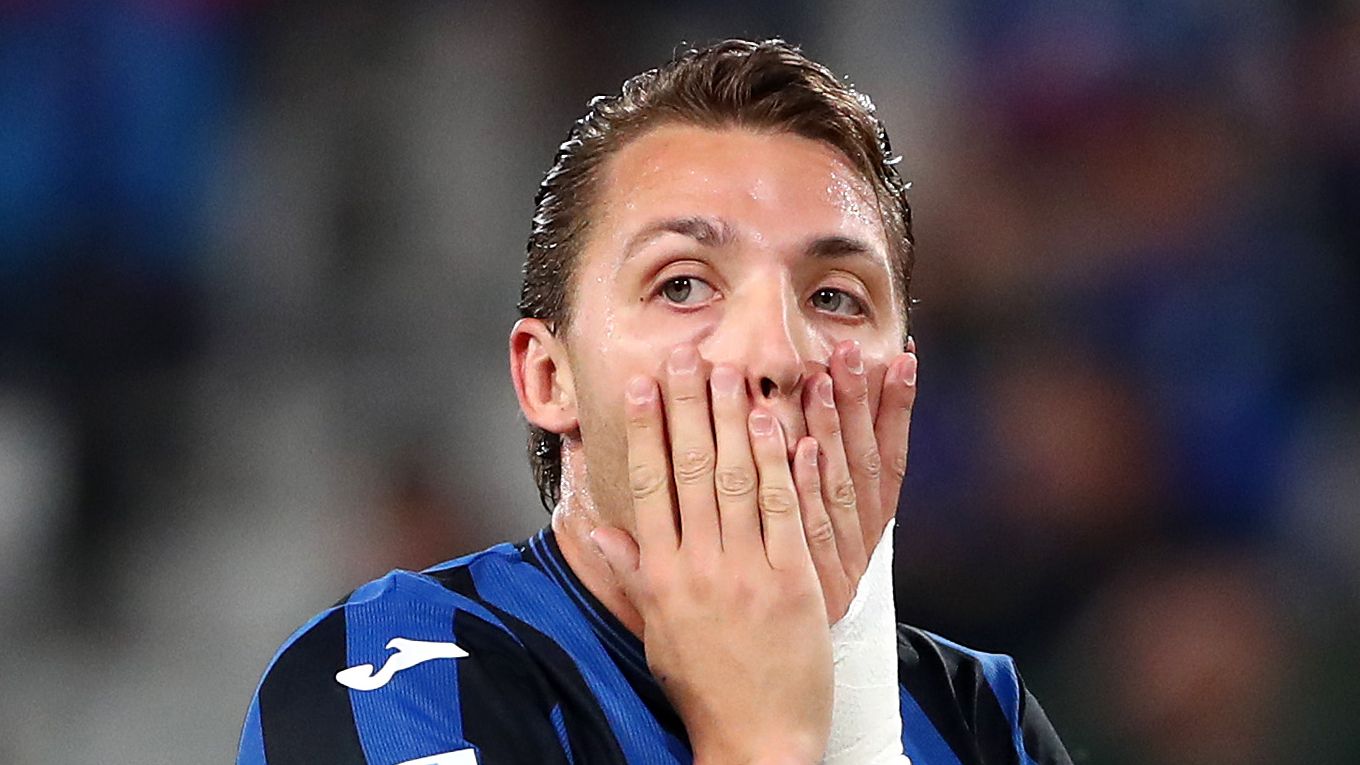Wrexham Strategy Braces for Championship Hurdles
Wrexham strategy has delivered three straight promotions, global headlines and record revenues, but the club’s Hollywood-fuelled rise now meets its sternest examination in the Championship. Co-owners Ryan Reynolds and Rob McElhenney revolutionised the Red Dragons’ fortunes by turning an unfashionable Welsh side into a worldwide content machine, yet industry insiders insist the next leap will demand fresh thinking as well as deeper pockets.
How the Wrexham strategy rewrote the lower-league playbook
When Reynolds and McElhenney arrived in February 2021, Wrexham languished in the National League with outdated facilities and limited cash flow. The Wrexham strategy fused storytelling with smart recruitment: the Welcome to Wrexham documentary attracted millions of viewers on Disney+, merchandise sales smashed records, and a comprehensive community engagement plan swelled attendance at the Racecourse Ground to capacity most weeks. Those revenue surges financed headline signings such as Paul Mullin and Steven Fletcher, enabling back-to-back promotions from League Two and League One.
Content creation as a competitive edge
Tan Kesler, former Hull City vice-chairman, told talkSPORT that “the Wrexham strategy is quite unique, based on content creation and maximising revenue streams.” Instead of relying solely on parachute payments or a benefactor’s cheque book, the club monetised its brand globally. Replica shirts are shipped to over 100 countries; sponsorship deals with aviation, fintech and telecom companies followed Disney’s lead. However, Kesler cautioned that those advantages narrow in the Championship, where media rights money and big-city fanbases mean most clubs already boast eight-figure budgets.
Championship challenges waiting in plain sight
The Championship’s financial landscape dwarfs League One. Clubs recently relegated from the Premier League collect parachute payments exceeding £40 million, while historic giants such as Leeds United and Sheffield United draw gates above 30,000. Against that backdrop, the Wrexham strategy must balance ambition with profit & sustainability regulations (PSR). Overspending triggered points deductions for Reading and Derby in recent seasons, evidence that stardust alone cannot bend the rules.
Squad depth and wage inflation
Phil Parkinson masterminded previous promotions with a tight core of veterans, but 46 gruelling league matches plus two domestic cups will test that depth. Championship sides often carry three players of near-starter quality in every position; Wrexham currently rely heavily on Mullin, Elliot Lee and goalkeeper Arthur Okonkwo, whose loan status still needs resolving. Matching rival wage offers without breaking PSR thresholds will be a delicate equation.
Recruitment versus reputation
Reputation can help attract talent—just ask Tom Brady, now a minority investor at fellow newly promoted Birmingham City—but Kesler argues that “convincing high-level players remains tricky unless you pay market rate.” Wrexham’s Netflix-era profile grants exposure, yet top Championship performers also want promotion bonuses, Premier League release clauses and a clear tactical blueprint. The Wrexham strategy has to present footballing substance as compelling as the television series.
Turning hurdles into opportunities
Despite the tougher terrain, optimism endures. According to Deloitte’s sports finance report, Wrexham’s commercial income grew 404 percent in two seasons, leaving headroom for incremental squad upgrades and stadium expansion. The club plans to finish its new 5,500-seat Kop stand by 2026, pushing capacity toward 20,000 and reinforcing its match-day revenue base—an essential pillar if the Wrexham strategy aims to compete sustainably with parachute-boosted rivals.
Youth academy revival
An underrated component of the Wrexham strategy is the planned category-two academy status. Upgraded training pitches and data-driven scouting could replicate Brentford or Brighton’s model of developing talent for profit and performance. The Championship is fertile ground for breakout stars, and Wrexham’s growing brand can retain prospects who might otherwise drift to Premier League academies.
The role of data analytics
Director of football Shaun Harvey has invested in advanced metrics platforms, mirroring Moneyball principles that Reynolds and McElhenney admire. Expected goals, pressing efficiency and biometric tracking will inform recruitment this summer, ensuring that every pound spent on wages or fees aligns with performance benchmarks. In a division where marginal gains often decide play-off spots, such precision could be the difference between survival and a top-six push.
Rivals to watch: Birmingham & beyond
Birmingham City, powered by Brady’s advisory role and Knighthead Capital’s spending clout, have already lured Ajax midfielder Branco van den Boomen and ex-Premier League striker Danny Ings. Leeds, Norwich and West Brom likewise possess squads built for immediate promotion tilts. Wrexham supporters may dream big, but a mid-table debut would represent success, allowing the Wrexham strategy to stabilise before another promotion charge.
Fixture congestion and international breaks
The Championship often crams eight matches into a single month, with several midweek trips stretching 500 miles. Wrexham’s newly refurbished Airbus-sponsored training centre includes recovery pools and cryotherapy chambers designed to mitigate fatigue. Still, managing minutes for ageing pillars such as James McClean and Ben Tozer will be crucial.
Financial fair play: threading the needle
Under EFL rules, Championship clubs can lose a maximum of £39 million over a three-year cycle. Wrexham’s off-field revenues will count toward that allowance, yet initial player amortisation, signing-on fees and agent costs can balloon quickly. The Wrexham strategy must therefore prioritise value deals, free transfers and creative contract structures—a domain where co-chairman Rob McElhenney’s television negotiation skills might prove invaluable.
Broadcast boost and global appeal
Sky Sports has agreed a record domestic rights deal for 2025, and Wrexham’s presence promises extra ratings, strengthening the club’s leverage in future collective bargaining. Internationally, streaming platforms in North America and Asia already show Championship highlights, and Wrexham’s U.S. fanbase—estimated at over one million—offers lucrative sponsorship possibilities. Each incremental dollar reduces pressure on the wage bill and aligns with the long-term Wrexham strategy.
Conclusion: can Hollywood magic survive reality?
The jump from feel-good fairy-tale to the unforgiving Championship will stretch every facet of the Wrexham strategy. Revenue generation through content, merchandising and community outreach has been groundbreaking, but the club must now evolve into a data-savvy, PSR-compliant football operation capable of outthinking, not just outspending, richer opponents. If Reynolds, McElhenney and Parkinson strike that balance, the scriptwriter’s dream of Premier League football may yet receive its green-light.
Opinion: The Wrexham strategy has already altered perceptions of what lower-league clubs can achieve, yet its next chapter depends less on star power and more on sober, strategic football decisions. Sustainable success—not instant promotion—should be the measure of progress in 2024-25.
Your global gateway to nonstop football coverage:
News Goal
Share this content:













Post Comment